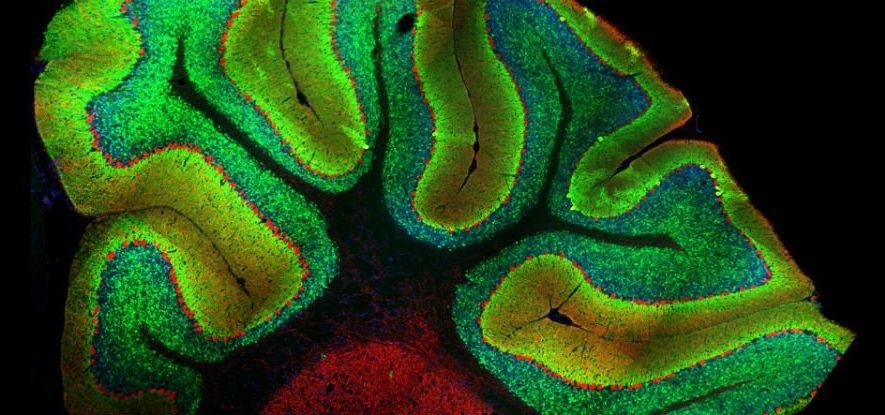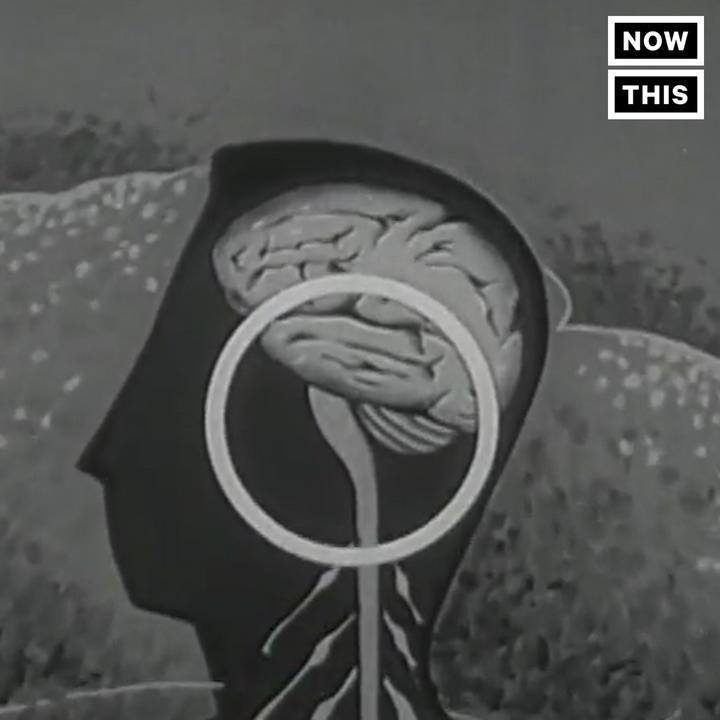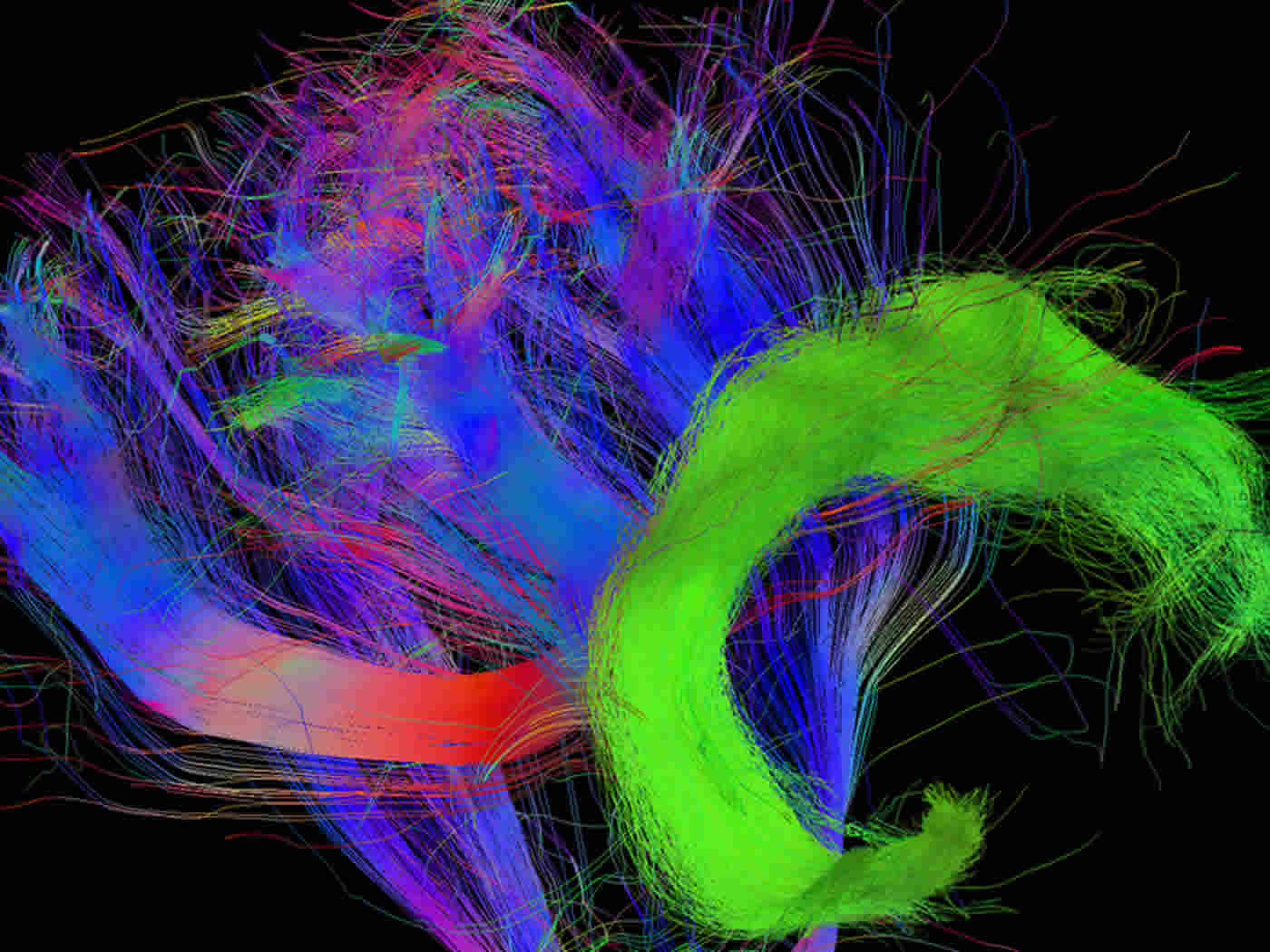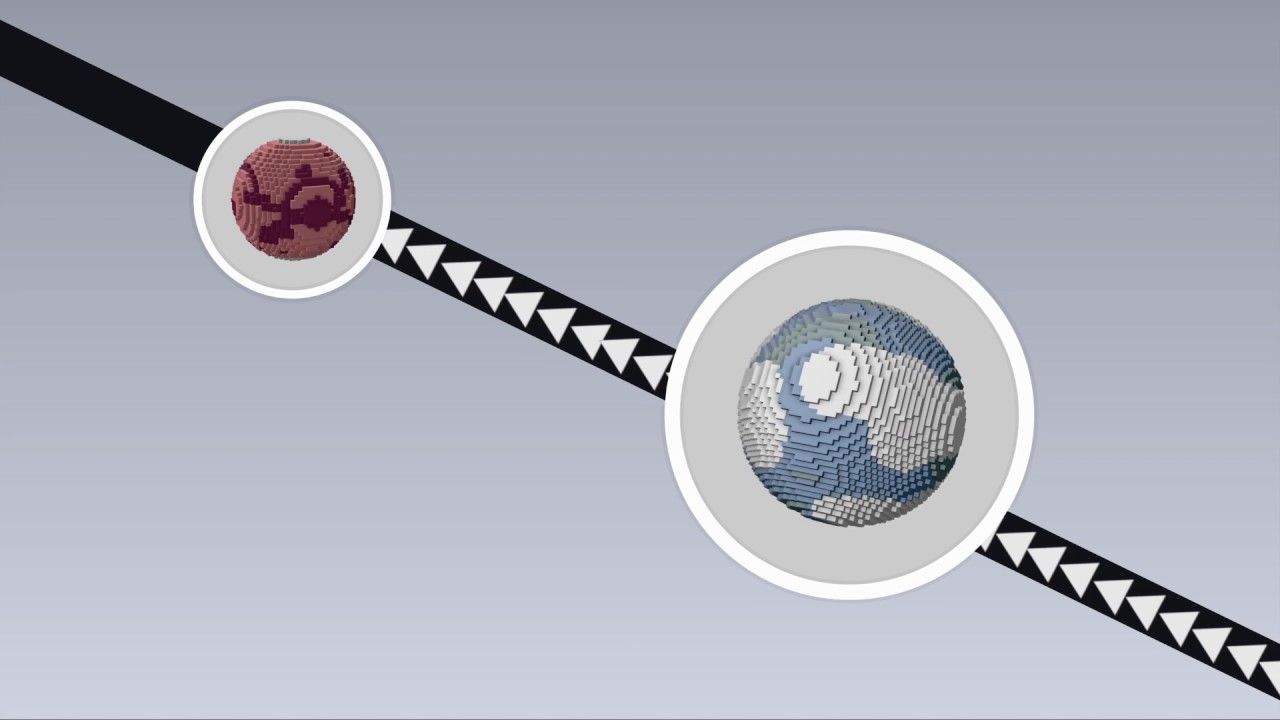Vegetarians and vegans pay heed: New research shows plants know when they’re being eaten. And they don’t like it.
That plants possess an intelligence is not new knowledge, but according to Modern Farmer, a new study from the University of Missouri shows plants can sense when they are being eaten and send out defense mechanisms to try to stop it from happening.
The study was carried out on thale cress, or Arabidopsis as it’s known scientifically, which is closely related to broccoli, kale, mustard greens, and other siblings of the brassica family and is popular for science experiments. It is commonly used in experiments because it was the first plant to have its genome sequenced, and scientists are intimately familiar with how it works.








